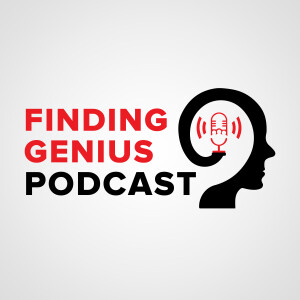
Pathway to Plaque: Gut Bacteria and Health with Veronika Kivenson
 2020-12-11
2020-12-11
A metabolic pathway study on an ocean floor compound led marine scientist Veronika Kivenson straight to our gut. When she found evidence that a genetic code expansion utilized for metabolism in an ocean sediment compound also appears in the human gut, she knew she needed to understand this pathway better.
Listen and learn
- How both the human gut and ocean sediment have an amino acid that converts trimethylamine (TMA),
- What trimethylamine presence has to do with plant-based versus animal-based diets and the importance of gut health, and
- How these findings might lead to understanding the impact and function of gut bacteria like Bilophila have on preventing arterial plaque buildup.
Veronika Kivenson recently received her Ph.D. in Marine Science from UC Santa Barbara and is now working on a post doc at Oregon State University.
She studies microorganism and how they react with their surroundings, especially their metabolism, and what they consume and produce. While studying marine sediment, she came across an interesting connection with gut metabolism. An amino acid that converts from a stop codon in order to metabolize trimethylamine appears in both places. Furthermore, trimethylamine is listed in the negative column in animal-based diet pros and cons.
Animal-based foods are a major source of trimethylamine. In our liver, it becomes trimethylamine-N-oxide, or TMAO, which causes plaque, an element of cardiovascular disease symptoms. But if a pathway in the gut can prevent that formation of TMAO, that's significant. Veronika Kivenson is looking at the potential beneficial role in the genetic code expansion pathway that consumes and prevents TMA from becoming TMAO, or part of plaque formation.
What's really interesting is that this consuming bacteria is also associated with meat consumption. The Bilophila genus bacteria, through genetic code expansion, prevents the formation of the harmful TMAO. Studies on these pathways could lead to probiotic therapies to address cardiovascular disease.
Available on Apple Podcasts: apple.co/2Os0myK
More Episodes
Create your
podcast in
minutes
- Full-featured podcast site
- Unlimited storage and bandwidth
- Comprehensive podcast stats
- Distribute to Apple Podcasts, Spotify, and more
- Make money with your podcast
It is Free
- Privacy Policy
- Cookie Policy
- Terms of Use
- Consent Preferences
- Copyright © 2015-2024 Podbean.com






